Our wine originates in vineyards spreading across the northern slopes of the Caucasus Mountains. Their location ensures natural ventilation and prevents moisture accumulation, creating optimal conditions for the healthy growth of vines.
We cultivate a single grape variety — the indigenous Georgian Saperavi. To support our vineyards, we exclusively use natural materials: sturdy oak and acacia stakes, and we gently tie the vines with soft cornstalk fibers to avoid damaging the delicate shoots.
Every step of vine care — from spring pruning and leaf thinning to autumn harvesting — is performed entirely by hand, faithfully following the centuries-old Georgian winemaking traditions.
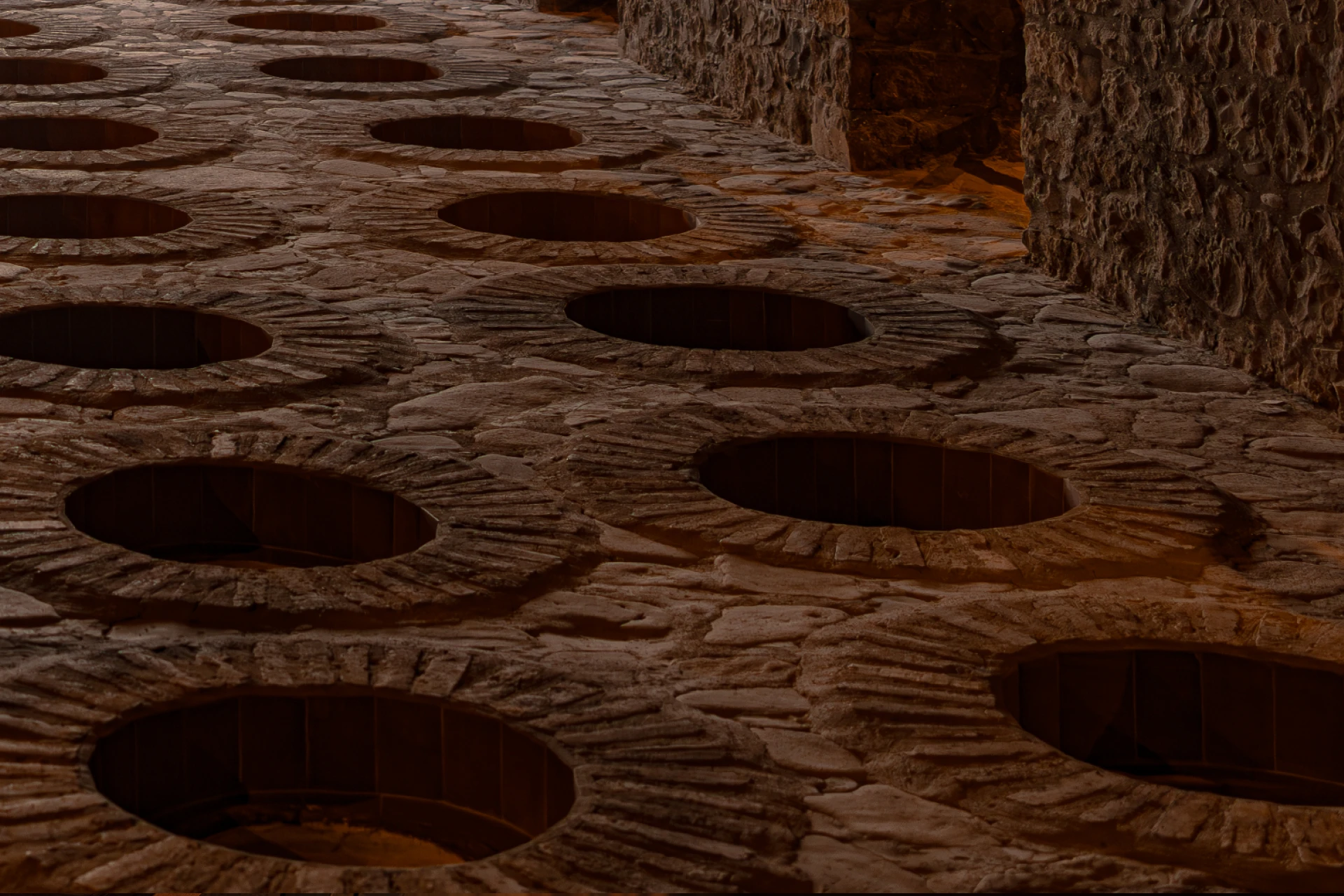
Harvesting begins in September, when Saperavi grapes reach a perfect balance of acidity and richness of flavor. Our experienced vineyard workers determine the ideal moment for picking by examining the color of the grape skins and the firmness of the pulp.
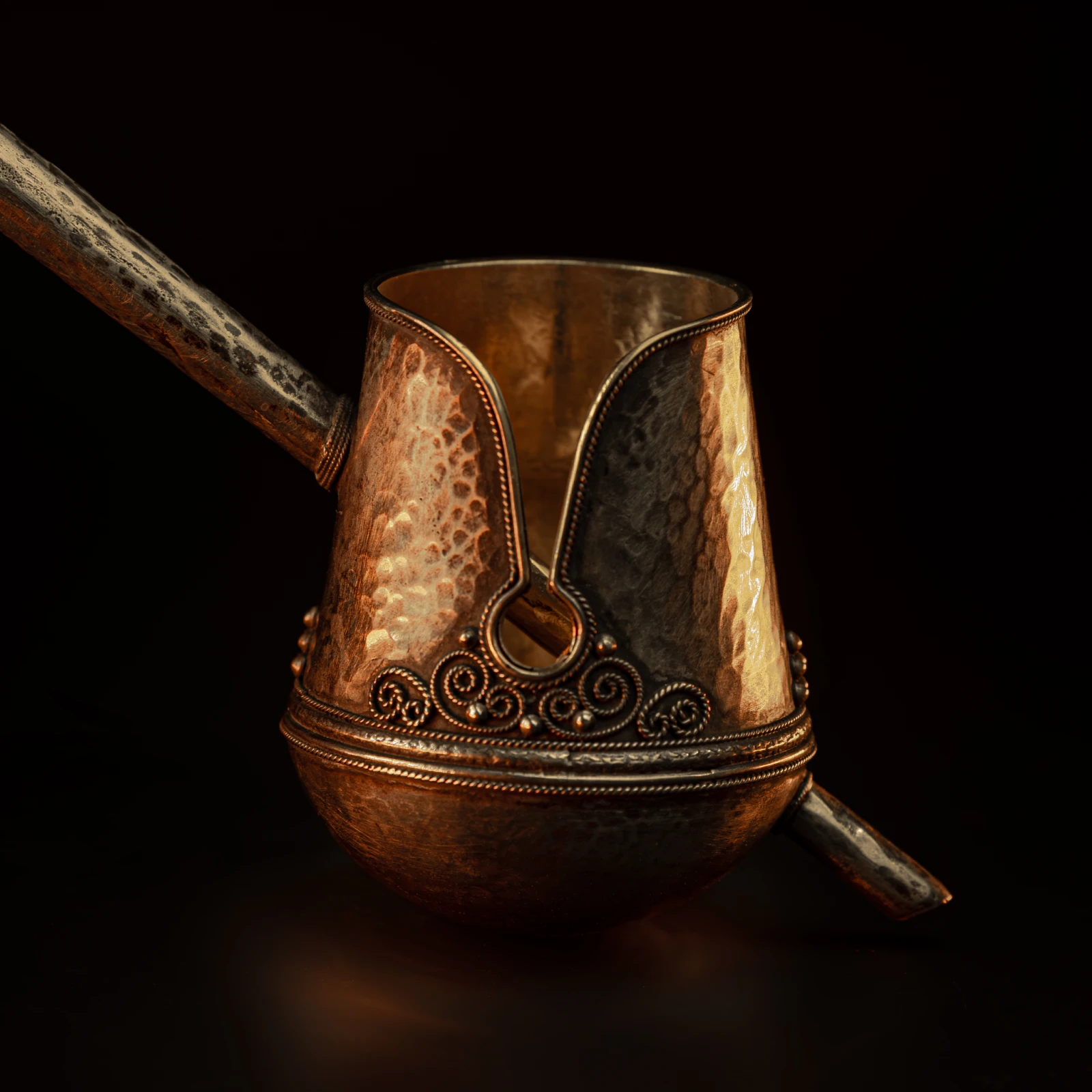
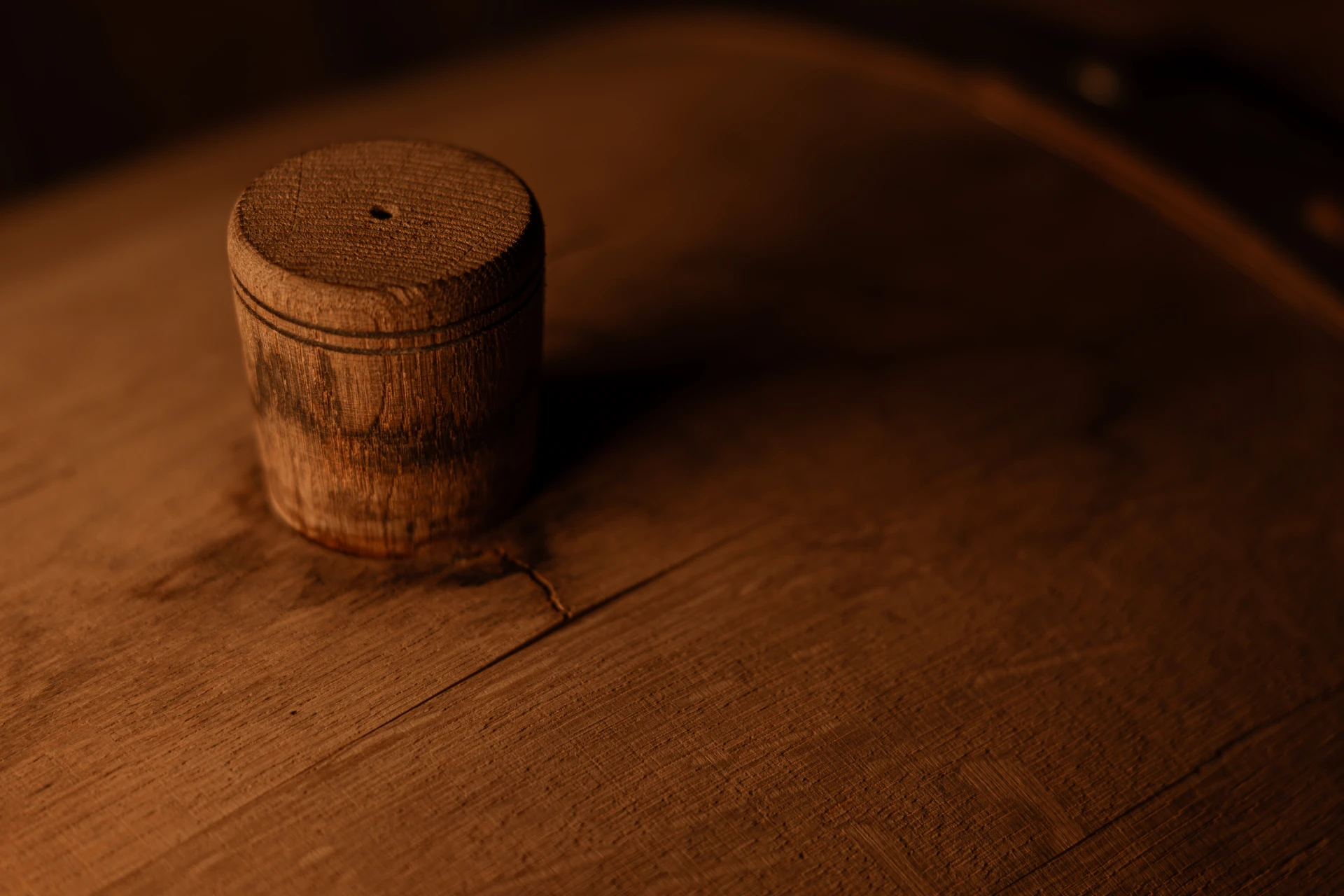
The vineyards’ proximity to the chateau enables us to deliver the harvest quickly, preserving its freshness and purity of flavor.
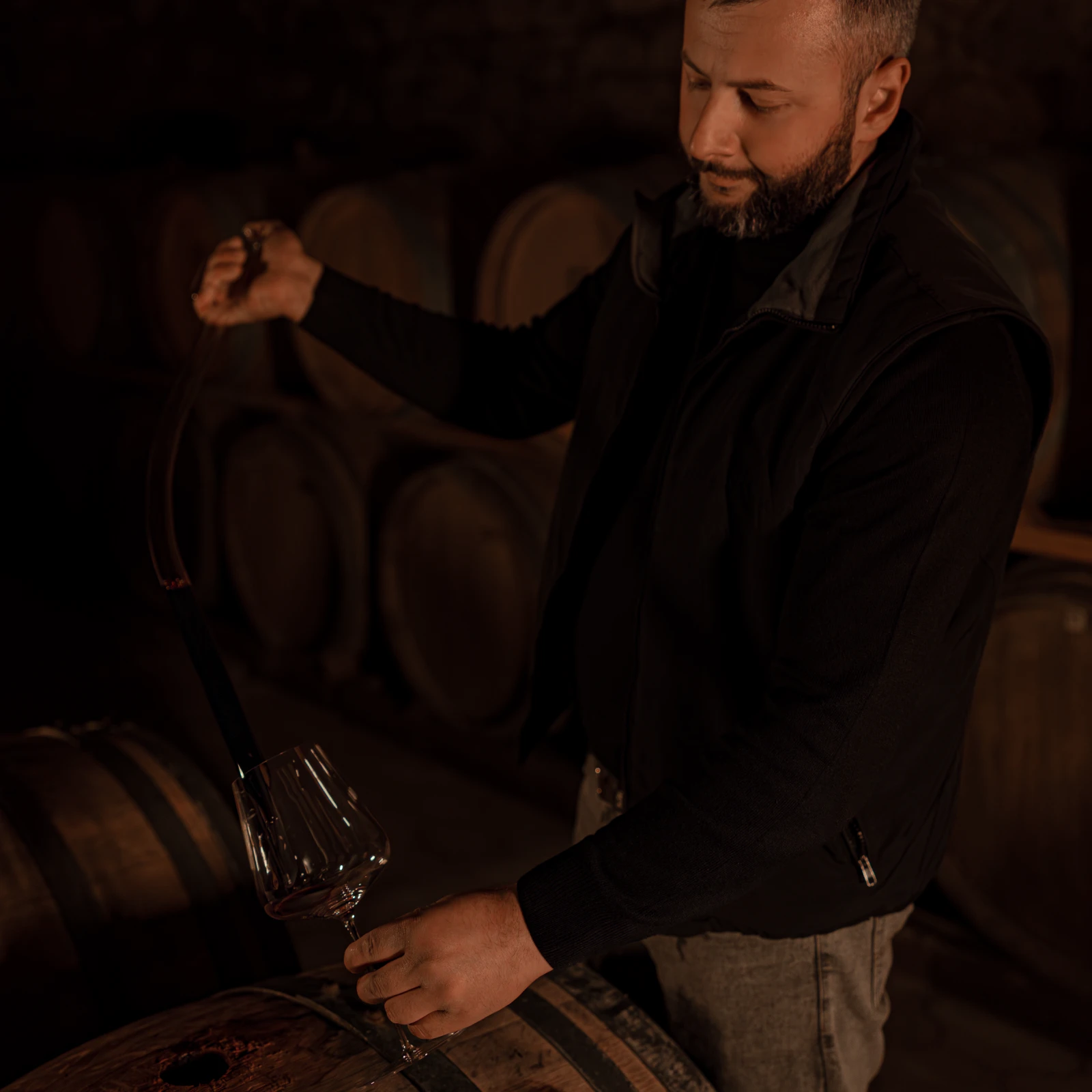
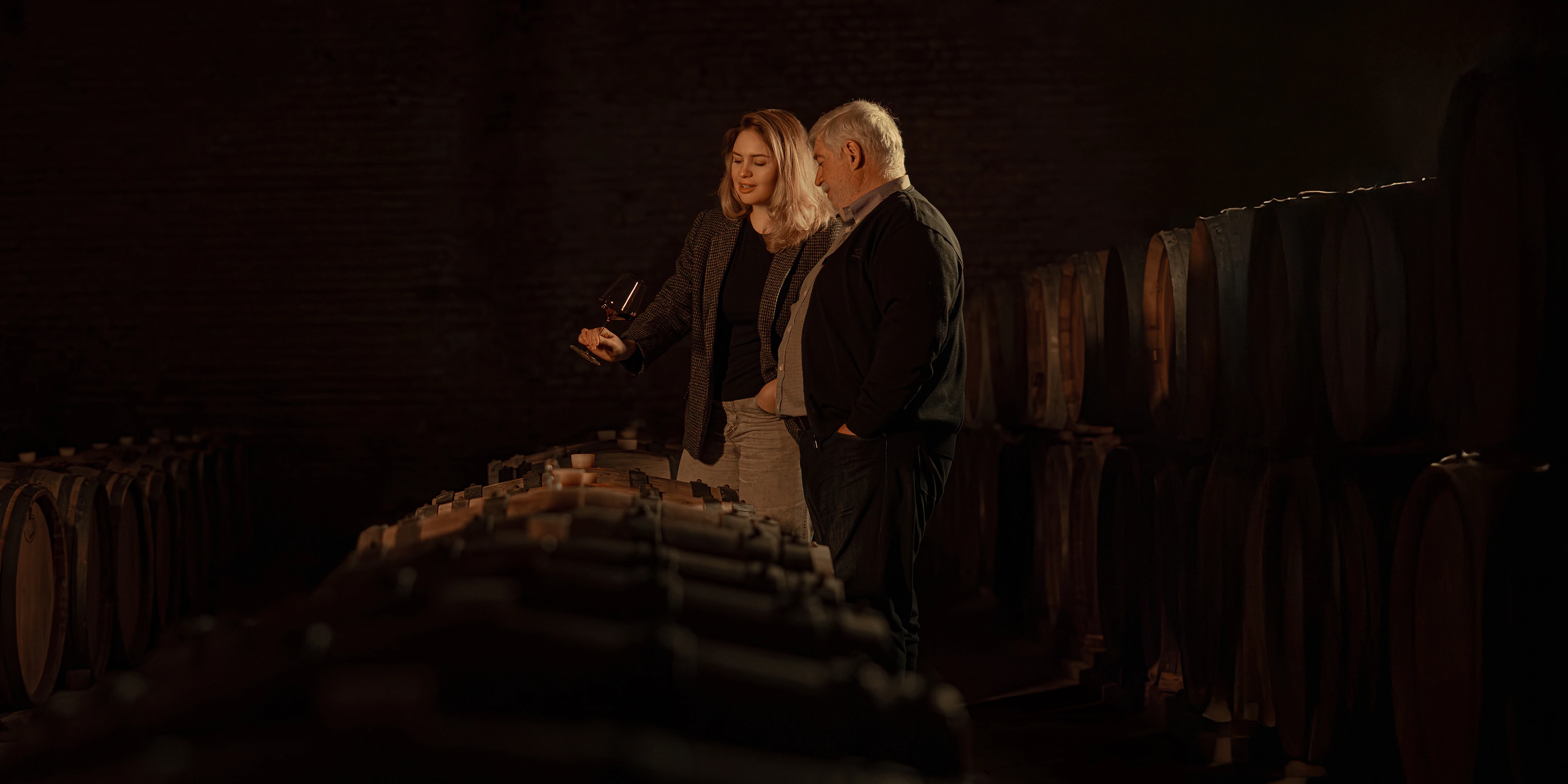
Our wine is crafted as it was centuries ago — fermentation occurs in traditional clay qvevri buried underground. This ancient technique not only reveals the authentic taste of the terroir but also naturally regulates temperature: the earth maintains a stable fermentation environment, allowing the wine to mature gradually.

We produce organic wines exactly as nature intended: without preservatives, filtration, or added sulfur.
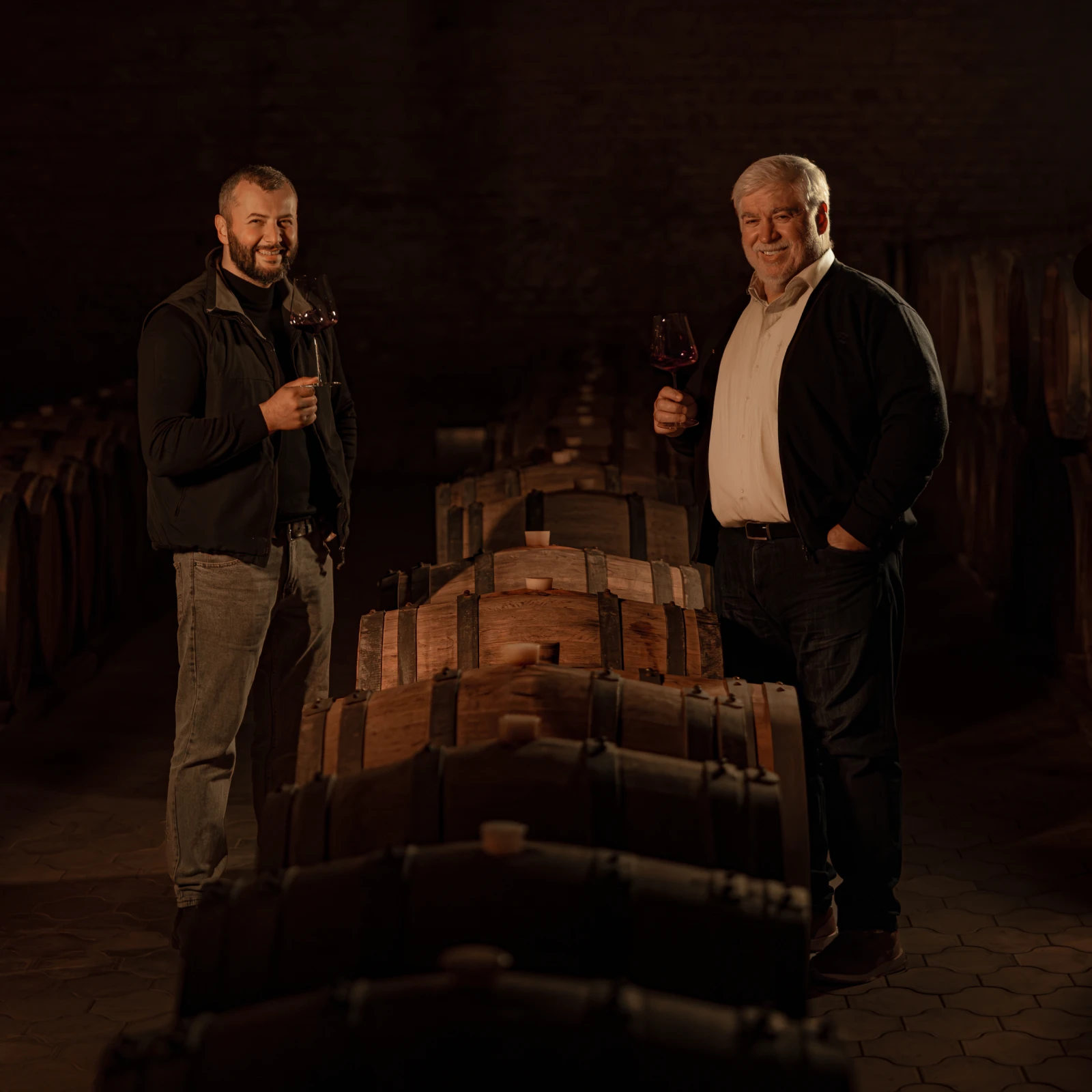

This approach gives our wines excellent aging potential — they remain exceptional for more than 20 years, steadily revealing their natural depth of flavor over time.
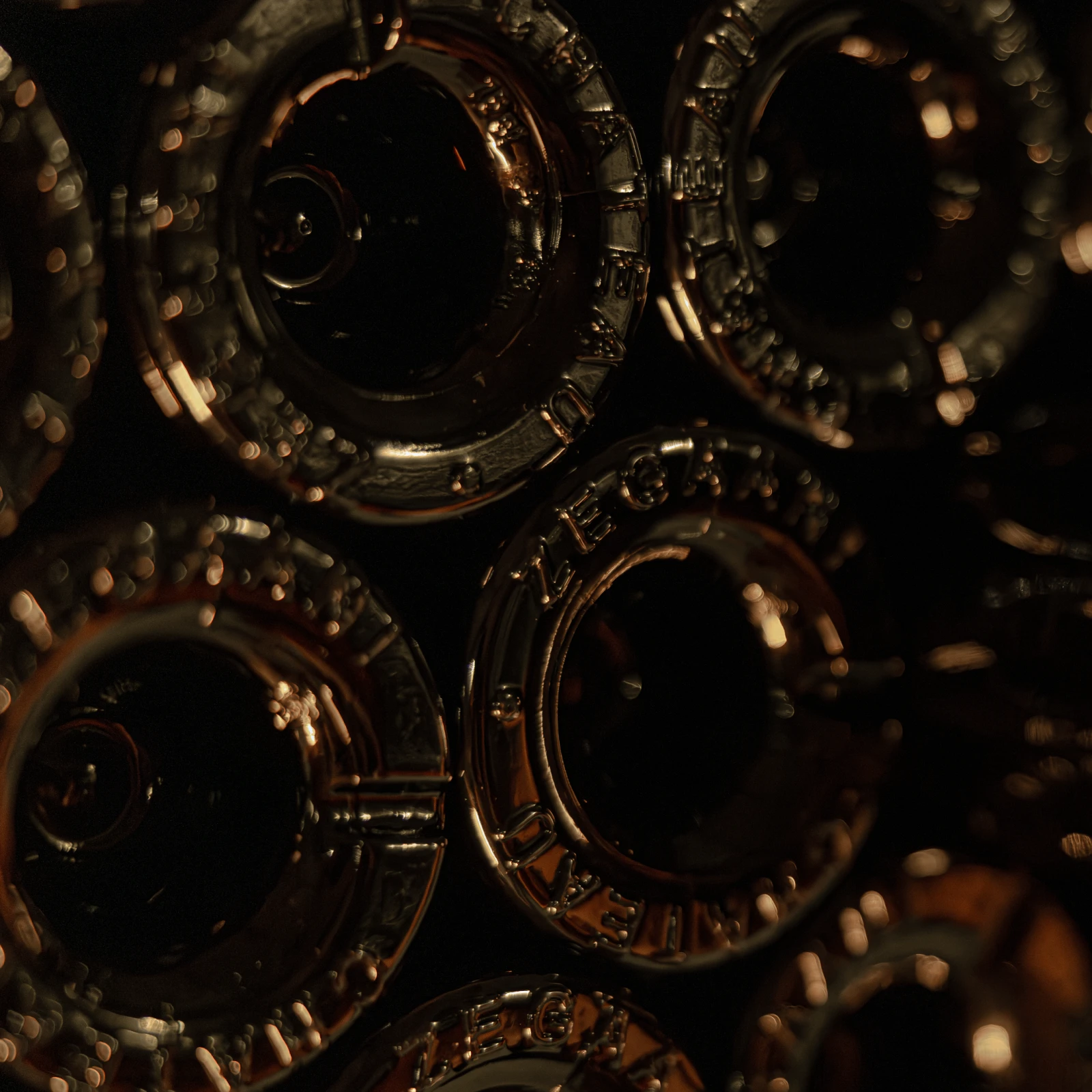
Chateau Zegaani our technologies
- Zegaani
- Mukuzani
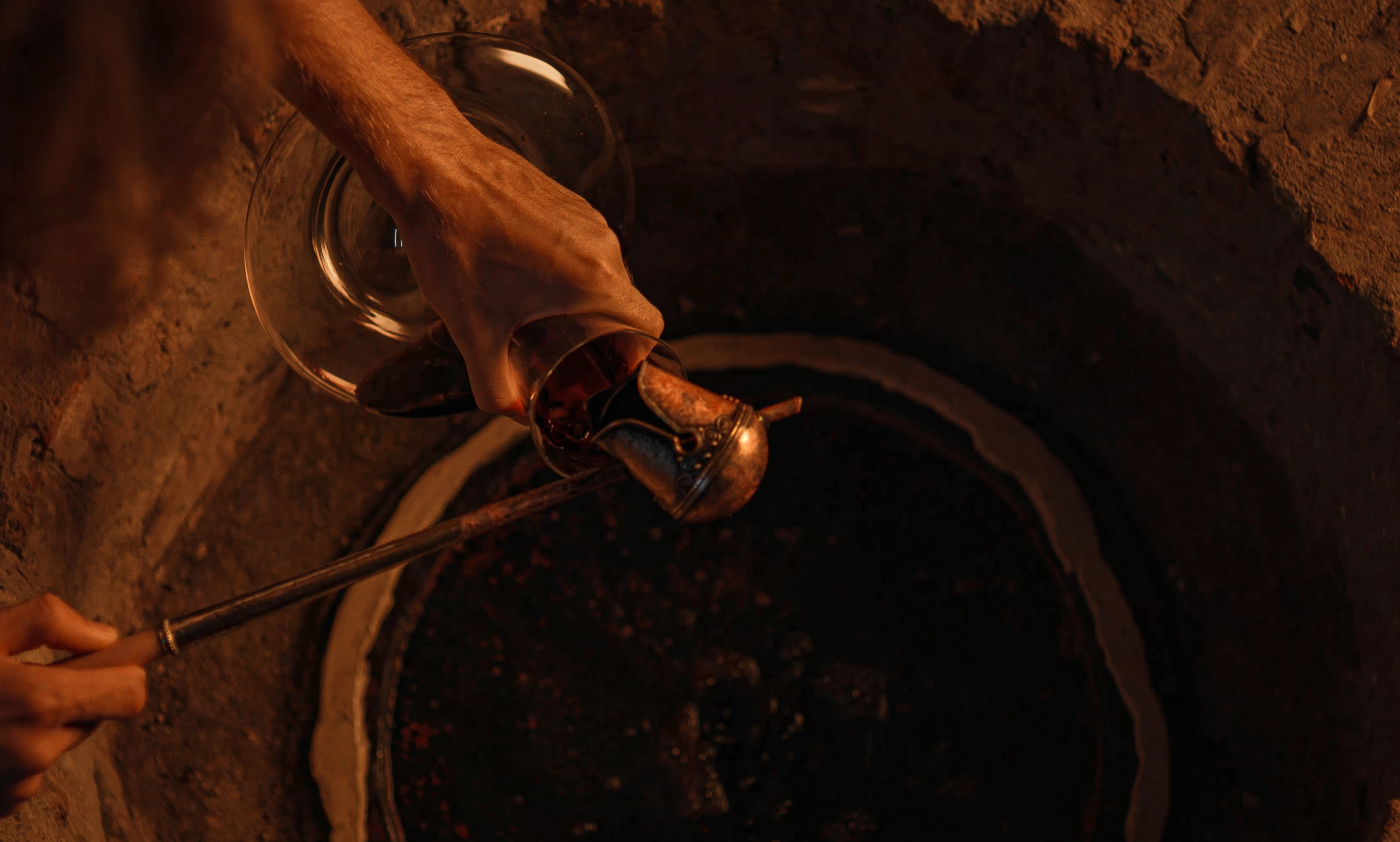
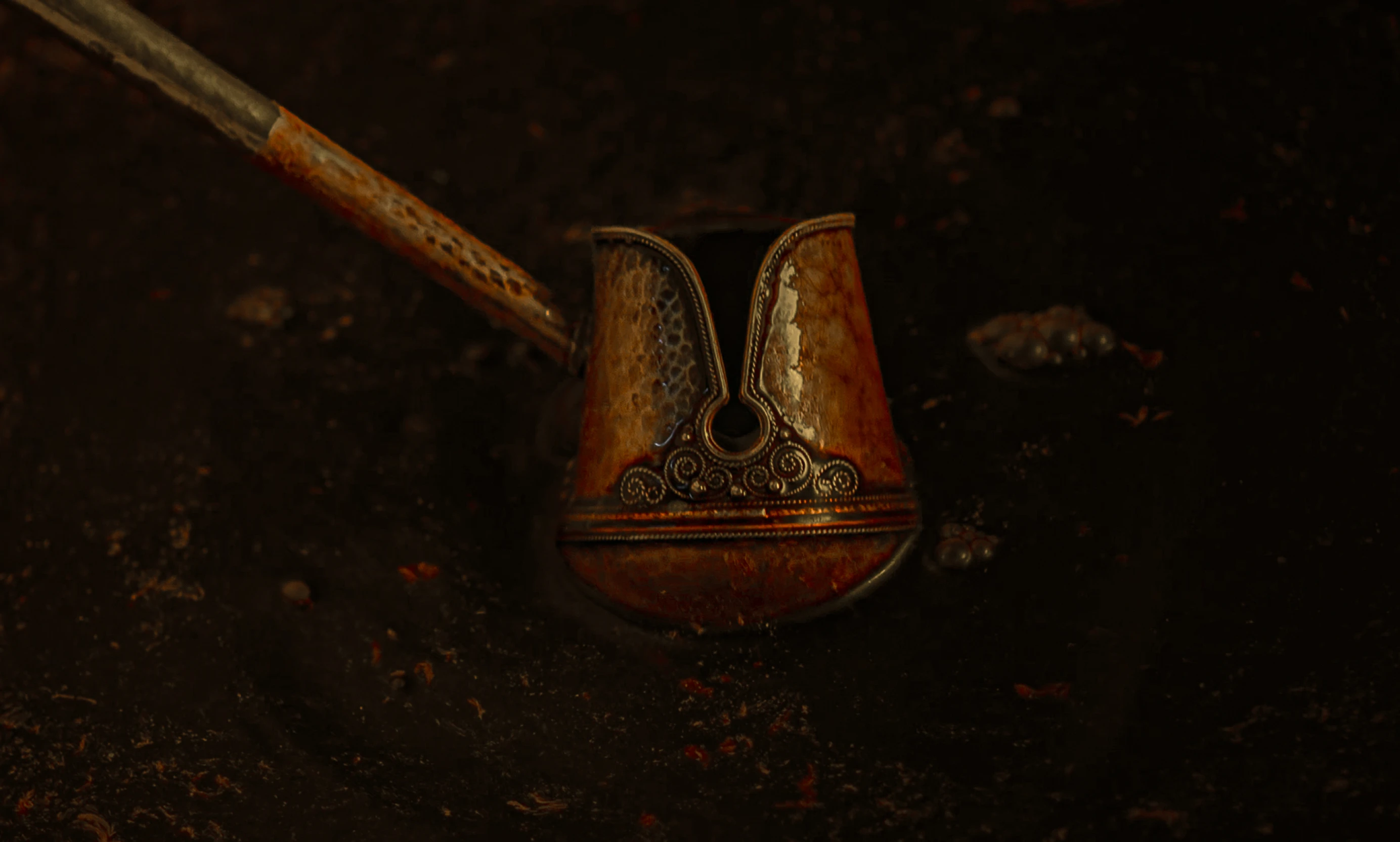


Harvest
Fermentation
Aging in Qvevri
Final Bottle Aging



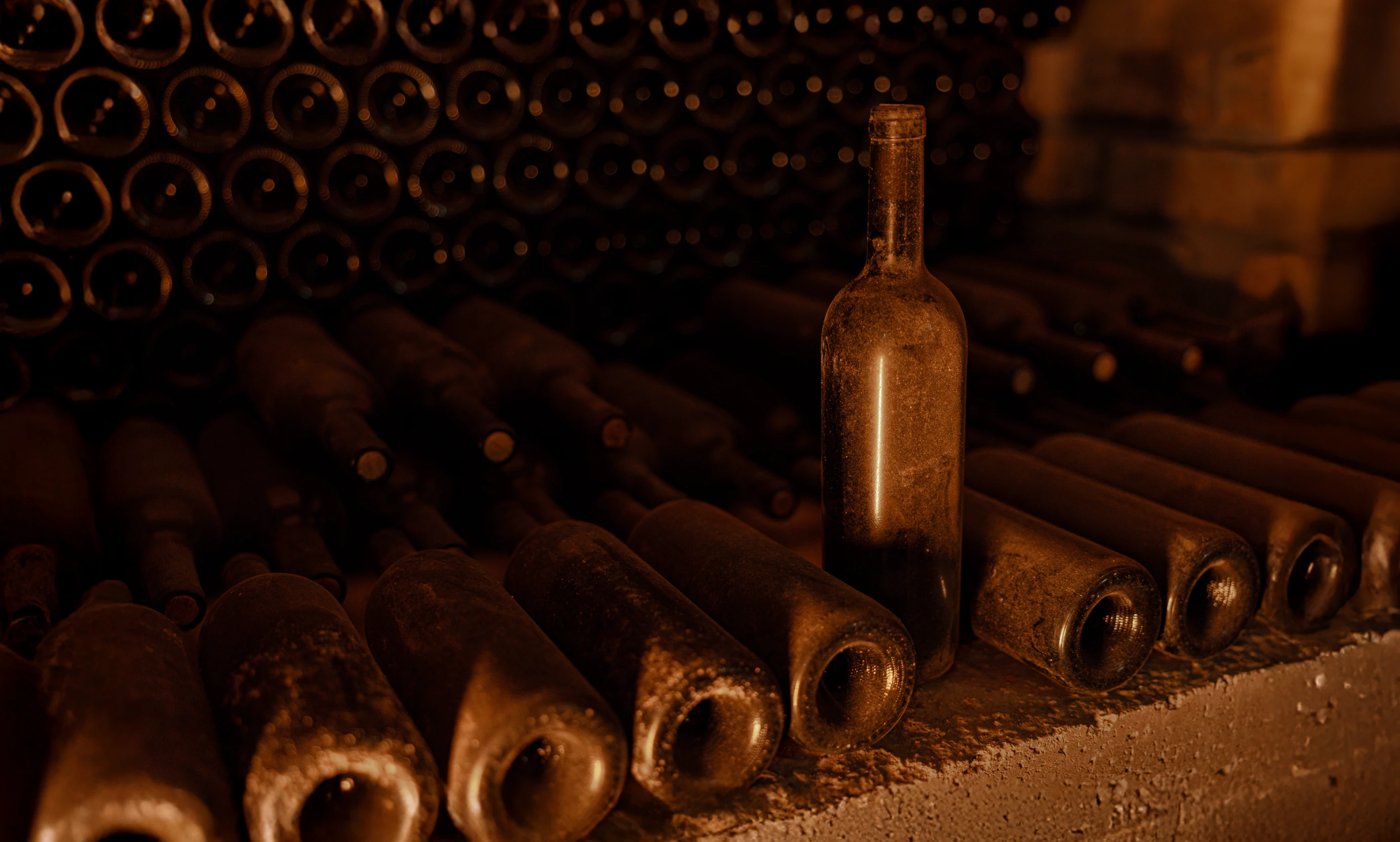
Harvest
Fermentation
Aging in Oak Barrels
Final Bottle Aging

Mukuzani 2011

Mukuzani 2013

Zegaani 2013

Zegaani 2017


